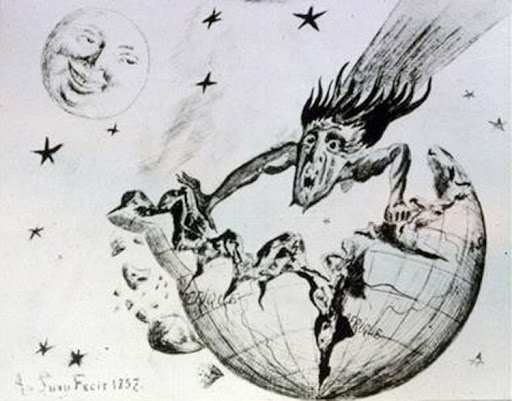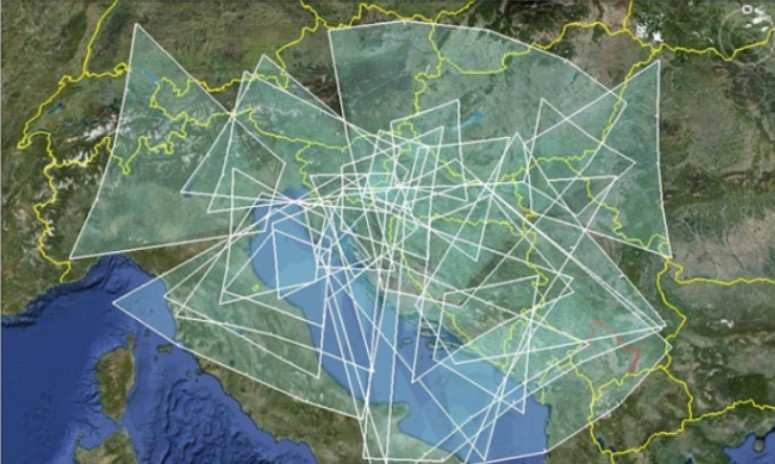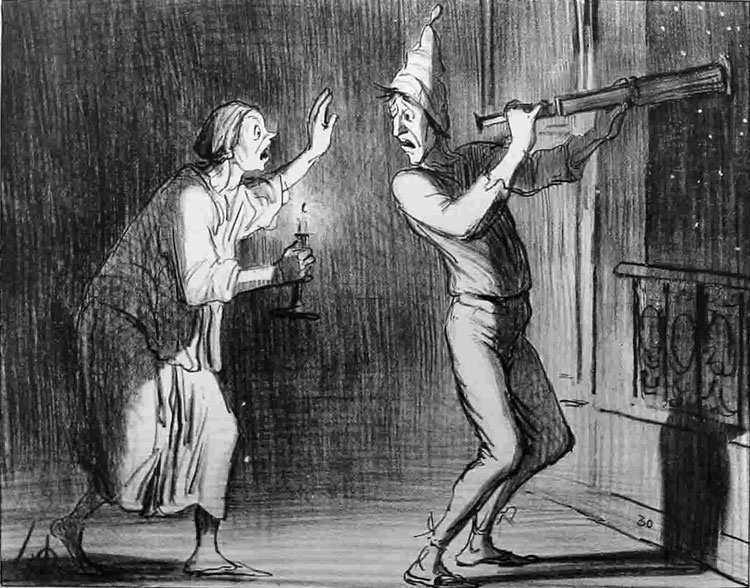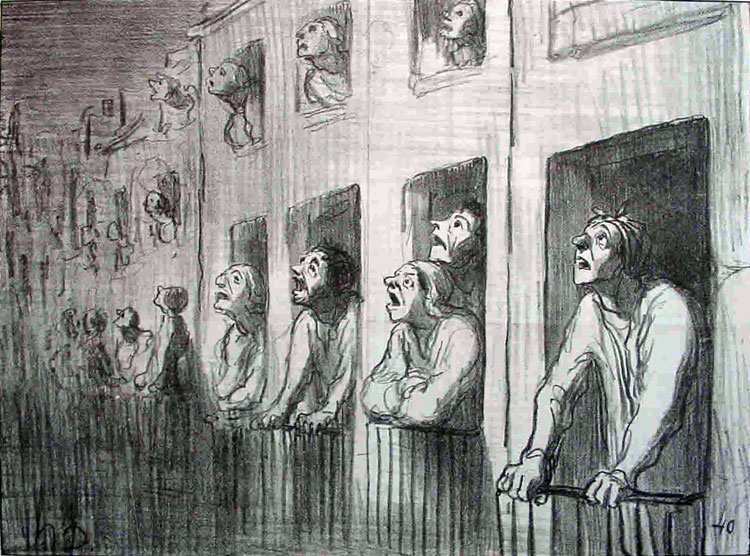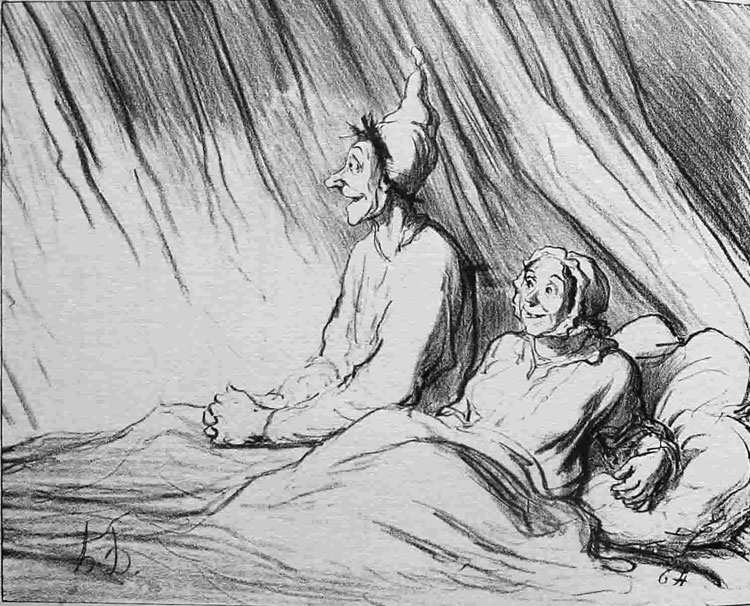Besides planets, moons and stars, the universe is also home to flying rocks. The latter can be commonly seen on summer nights as they leave trails in the sky; on these occasions, it is customary that the individual lucky enough to witness a shooting star makes a wish. It is believed that a shooting star brings good fortune (when it lands elsewhere than on earth, of course). The horrifying predictions of comet strikes on Earth contributed to not only the growing fear of the humankind, but also its increasing curiosity concerning the vastness of the cosmos within which our fragile life exists.
Throughout history, all the civilisations of the world have regarded comets with awe, therefore the causes of unfortunate events and illnesses were often attributed to the unexplainable power of comets. Nowadays, people are exposed to countless panic reports on social media that are regularly disclaimed by NASA. Nevertheless, numerous comets have landed on Earth, with some of them landing in Croatia.
On 13th June, 1857, the following was written in The Chronicle of the Čilipi Parish: The fear was strong among the people because it had been said that Earth would collide with a star that would set the entire Europe ablaze.
The above-mentioned rumour was birthed by Almanach de Liège, an annual publication containing articles on topics such as weather forecast, agriculture, tide changes, astronomical data, as well as other types of statistics and predictions. The 1857 issue of the aforementioned almanac predicted the following event for the week of 15th June, ‘Expect a comet around this time.’ The announcement caused mass hysteria among people, especially in Europe. As evidenced by the information provided above, Konavle were not exempt from the wave of the hysteria. The occasion served as inspiration to Honoré Daumier, a Parisian caricaturist, who depicted this event in a series of satirical cartoons published by the magazine La Charivari.
The previously mentioned chronicle contains another reference to worldwide hysteria sparked by the possibility of a comet impact. In this case, the year was 1910, and the potential source of danger was Halley’s Comet, whose passage by Earth is repeated every 76 years.
These last few days of May, we were visited by a guest from space – Halley’s Comet, which returns to us every 75 years. (…) Since the spectroscopic analysis had shown that the dust tails of this and other comets contain hydrogen, oxygen, carbon and cyanogen, the people became frenzied by fear of the world’s end. If the hydrogen from the dust tail were to mix with the oxygen found in air, an immense explosion would occur. Cyanogen was said to be the deadliest of the gases in the comet’s dust tail, for if it were to mix with hydrogen, it would produce a rather strong poison. The third possibility was that the comet, should it crash headfirst into Earth, a great catastrophe would ensue due to a considerable amount of iron in the comet’s head. There would be no survivors, since those lucky enough to avoid dying from the impact would instead perish from the resulting tidal waves. In short, the world would end.
The following account details the state of mind among the general population on the night of the predicted apocalyptic event:
The entirety of the civilised world spent the last night awake. In cities, the music was played until 2-3 a.m.; those with a penchant for debauchery used the occasion to indulge in immoral acts with women, ‘for,’ as they were trying to persuade, ‘we’re supposed to be no more, so we might as well enjoy ourselves while we still can’ – materialism at its worst. Others, gripped with fear of the impending doom, awaited the world’s end; many confessions were made in fear of the oncoming comet.
Forty years later, a prediction of a comet landing in Konavle came true and on 20th February, 1951, a meteorite landed in the Molunat oliveyards. Seeing as you are reading about the aforementioned event in this blog, it is evident that the meteor in question did not set the entire Europe ablaze, nor did it cause the world’s end.
The meteorite fell apart while entering the atmosphere above Molunat; consequently, one of its fragments landed in the oliveyard, while the remaining ones fell into the sea. A 1,9 kg (4,2 lb) fragment of the meteorite, officially named Dubrovnik, is kept in the Croatian Natural History Museum in Zagreb. A witness to the landing was the fisherman Tomislav Tonko Cvjetković, who has previously shared his account of the event: It flew in from northwest, and crumbled right above our heads. The main piece landed in the oliveyard, while the shards fell into the sea, about five hundred metres lower. A deafening roar was heard, we thought grenades were falling.
The Molunat meteorite is one of only five recorded meteorites that landed on the Croatian territory. The first recorded instance of a meteor landing was in 1751, when a meteor landed in the village Hrašćina in the Hrvatsko zagorje region; the meteorite in question was named Agramit and weighed 39 kg (86 lb). In 1842, a 5 kg (11 lb) meteorite, later named Milena, fell in the vicinity of Varaždin; in 1868, the meteorite Slavetić landed near Jastrebarsko. The fourth recorded meteorite was the above-mentioned Dubrovnik in 1951, while the most recent meteorite is the one that fell near Križevci in 2011. In the 60-year gap between the two most recent meteor landings in Croatia, the Croatian Meteor Network (CMN) was established. It is an observation network monitoring the night sky in search of meteors that might land on Croatian soil. The network in question was used in order to successfully determine the trajectory and the location of the meteorite which landed in the vicinity of Križevci in the night of 4th February and was found on 20th February, 2011, precisely 60 years after the meteor landing in Molunat.
The total number of meteorites on the Croatian territory must surely exceed the number of ones discovered so far; however, the above-mentioned meteor landings are the only ones to have been witnessed.
